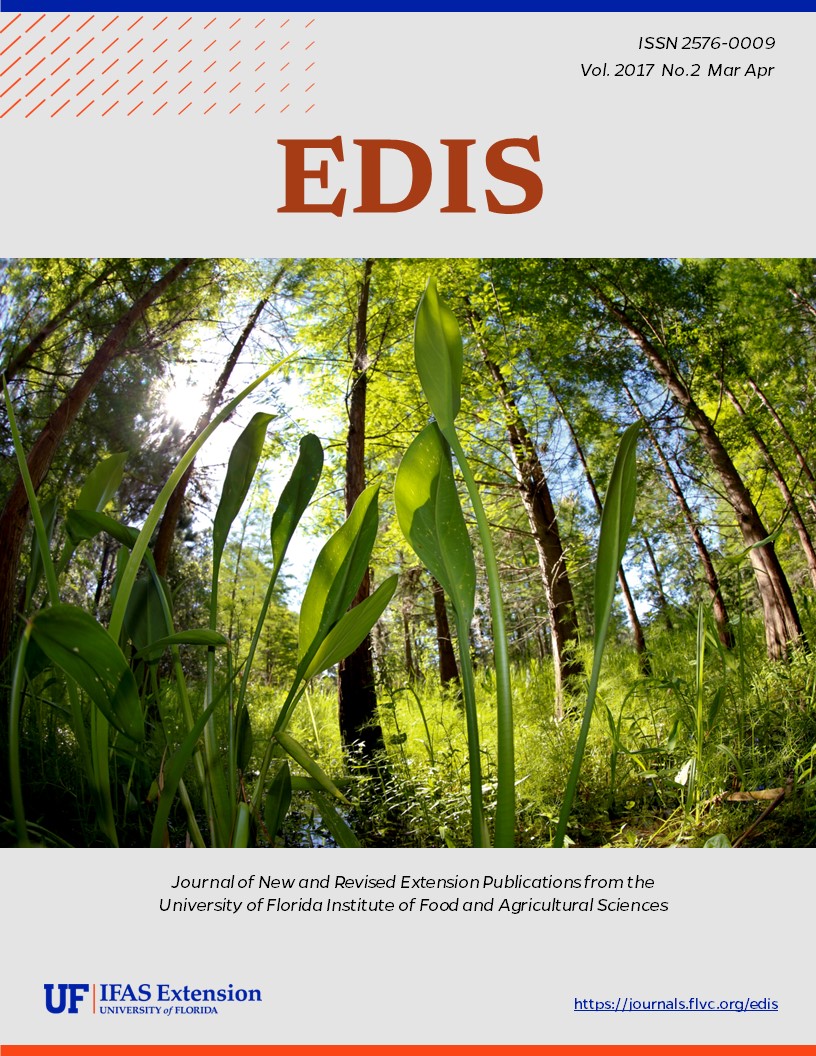Abstract
Golf course nutrient management programs commonly include application of both nitrogen and potassium. These macronutrients are required by turfgrass in greater quantities than any other element except carbon, hydrogen, and oxygen. This 2-page fact sheet explains the Nitrogen to Potassium ratios that are best for golf courses. Written by T. W. Shaddox and J. B. Unruh, and published by the Environmental Horticulture Department, March 2017.
ENH1276/EP540: Nitrogen to Potassium Ratios for Florida Golf Courses (ufl.edu)
References
Rowland, J.H., J.L. Cisar, G.H. Snyder, J.B. Sartain, A.L. Wright, and J.E. Erickson. 2010. "Optimal nitrogen and potassium fertilization rates for establishment of warm-season putting greens." Agron. J. 102: 1601-1605. https://doi.org/10.2134/agronj2010.0184
Rowland, J.H., J.L. Cisar, G.H. Snyder, J.B. Sartain, A.L. Wright, and J.E. Erickson. 2014. "Drought Resistance of Warm-Season Putting Green Cultivars on US Golf Association Root Zones with Varied Potassium." Agron. J. 106: 1549-1558. doi:10.2134/agronj14.0019. https://doi.org/10.2134/agronj14.0019
Shaddox, T.W. 2016. Recommendations for N, P, K and Mg for golf course and athletic field fertilization based on Mehlich III extractant. SL 191. Gainesville: University of Florida Institute of Food and Agricultural Sciences. http://edis.ifas.ufl.edu/ss404 (accessed Feb. 3, 2017).
Snyder, G.H. and J.L. Cisar. 2000. "Nitrogen/Potassium fertilization ratios for bermudagrass turf." Crop Sci. 40: 1719-1723. https://doi.org/10.2135/cropsci2000.4061719x
Turgeon, A.J. 2012. Turfgrass management. 9th ed. Prentice Hall, Boston.


